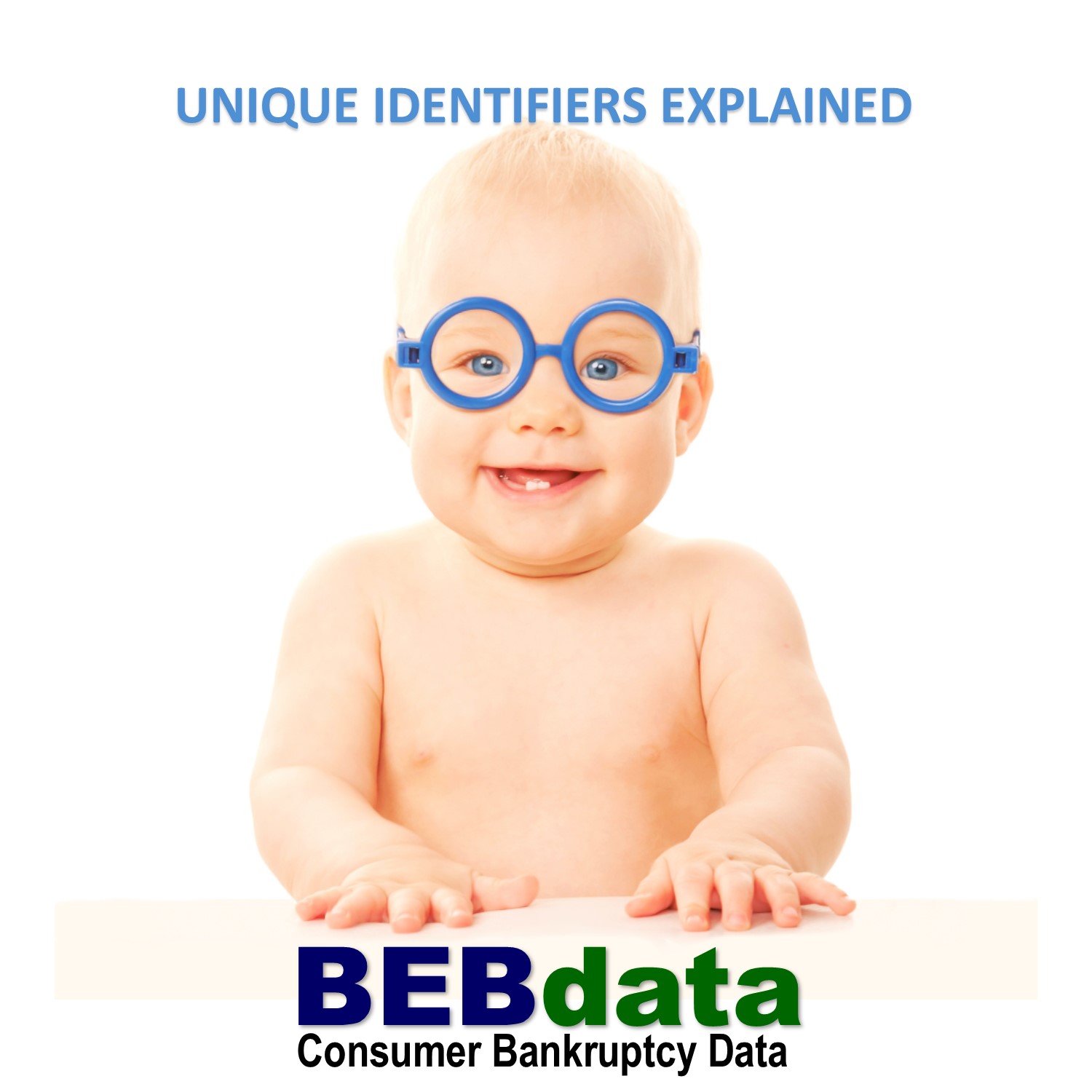 A unique identifier (UID) is a numeric or alphanumeric string that is associated with a single entity within a given system. UIDs make it possible to address that entity, so that it can be accessed and interacted with.
A unique identifier (UID) is a numeric or alphanumeric string that is associated with a single entity within a given system. UIDs make it possible to address that entity, so that it can be accessed and interacted with.
Examples of Unique Identifiers:
URI-Uniform Resource Identifier is a unique identifier that makes content addressable on the Internet by uniquely targeting items, such as text, video, images and applications.
URL-Uniform Resource Locator is a particular type of URI that targets Web pages so that when a browser requests them, they can be found and served to users.
UUID-Universal Unique Identifier is a 128-bit number used to uniquely identify some object or entity on the Internet.
GUID-Global Unique Identifier is a number that Microsoft programming generates to create a unique identity for an entity such as a Word document.
UDID-Unique Device Identifier is a 40-character string assigned to certain Apple devices including the iPhone, iPad, and iPod Touch.









